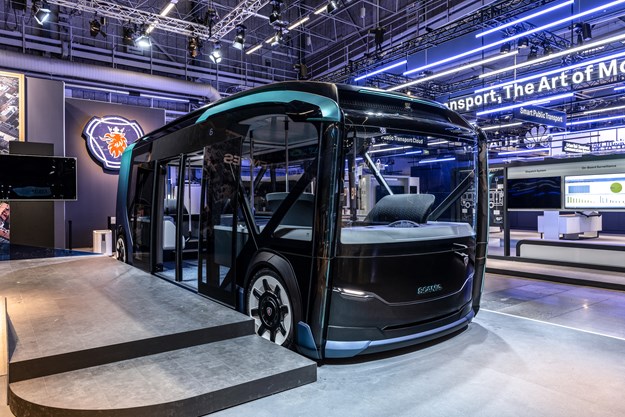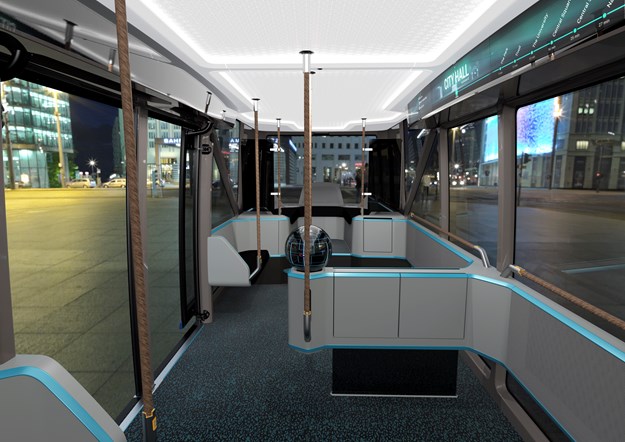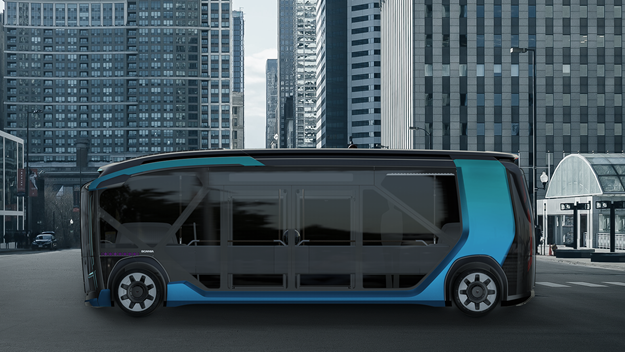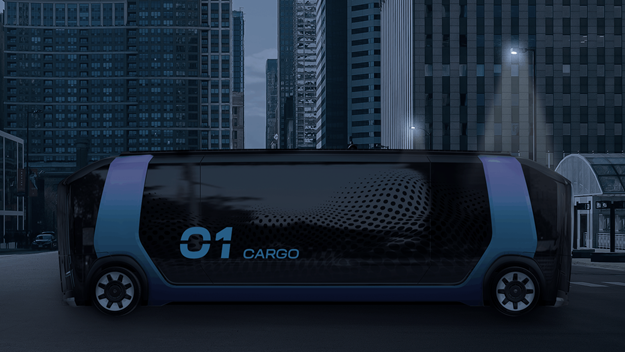TOUTED AS TAKING urban transport to “the NXT level”, Scania has debuted its new concept NXT self-driving bus at the recent UITP Global Public Transport Summit in Stockholm, Sweden, 10–12 June.
An arguably advanced interpretation of a notion put forth by Daimler’s Vision Urbanetic late last year, Scania’s new battery electric self-driving urban concept vehicle is “…designed with the flexibility to shift from ferrying commuters to and from work in mornings and evenings, delivering goods during the day and collecting refuse at night.”
In a bold display of innovation, Scania’s engineers have taken the company’s DNA – the modular system – to the next level in developing a concept vehicle that can change shape for varying urban assignments, the company states.
According to Scania, countless cities are now catalysing change in urban transport, driven by the need for lower emissions and less congestion. Technological and infrastructural advances in electric and autonomous vehicles will be key enablers for cities when shifting to a sustainable transport system.
FUTURE TRANSPORT
“NXT is a vision of the future for transport in cities. Several of these technologies have yet to fully mature, but for us it’s been important to actually build a concept vehicle to visibly and technically demonstrate ideas of what is within reach,” said Scania’s president and CEO Henrik Henriksson.
“NXT is designed for 2030 and beyond while incorporating several cutting-edge features that are already available.”
In NXT, the front and rear drive modules can be fitted to a bus body, a distribution truck body, or a refuse collector, Scania explains.
FLEXIBILITY
Significant development of infrastructure is required to cater both for electrified and autonomous vehicles. Additionally, the 24/7 flow of people and goods in cities needs to be coherently addressed rather than disparately planned, Scania says.
Commercial transport in many ways constitutes the pulse of a city, it adds.
“It is how we get to work or school. It is how food reaches shops and restaurants, how medicines are delivered to hospitals, and how refuse is collected and removed.”
“Currently, flows in cities are far from being optimised as goods are delivered during the morning rush hour while most people are also on the move. Meanwhile, commercial transport is largely barred from city centres during nights when people are asleep.”
Henriksson explained: “We at Scania can’t redraw the entire transport system for cities. What we can do is inspire change and that is the idea behind NXT – to think about transport and vehicles in a different and sustainable way.”
MORE AUTOMATION
As Scania explains, public transport has “always meant sharing”. That now needs to be taken to the next level, it says. With a higher degree of automation it will be simpler to introduce greater flexibility in public transport, it adds.
“This is something new, something very different. Yet flexible design and modularised units lie very much at the core of Scania,” said Robert Sjödin, NXT project manager.
THE WHOLE SHEBANG
The 8m-long bus module is built as one composite unit, substantially reducing weight, it’s claimed. The cylindrical cell batteries are placed under the floor, thereby utilising otherwise dead space, as well as contributing to better weight distribution, says Scania. With the low vehicle weight of less than eight tonnes, the range with present-day batteries is estimated at 245 kilometres, the company states.
“Continuous improvement in small steps has been the hallmark of Scania,” said Sjödin.
“We are now taking a giant leap into the future. This vehicle will provide invaluable, tangible data in our continued development of electrified autonomous vehicles.”
Photography: courtesy Scania









.png)